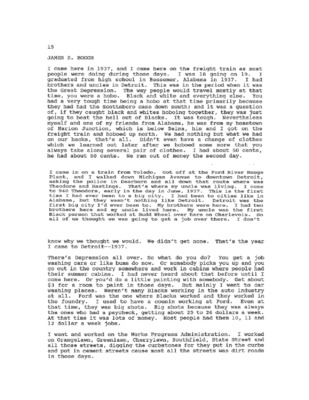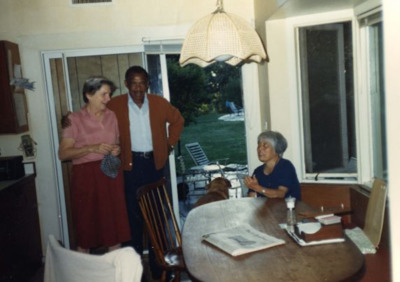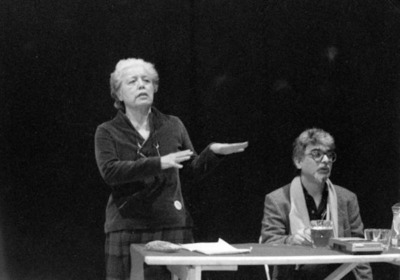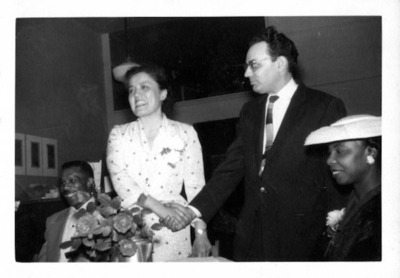Q1: What can we learn from the stories sources tell?
Ask students to begin exploring and analyzing sources. Students will complete a variety of investigations and observations of the sources in order to gather information. The main goal of this supporting question is for students to begin learning about the “mystery” people through self motivated discovery while using the sources provided for them.
Use a rotation exploration to see a variety of sources. Students will complete this full rotation for each person presented in the inquiry. This repetition will allow for a slow release of independence in their exploration of sources.
Suggestion of pacing and direction for supporting Question 1:
-
Practice identifying and analyzing sources in small groups.
-
Students are broken up into 3 smaller groups to begin their investigation on 1 of the 3 people featured in this inquiry. Each group will explore and analyze sources specific to that person.
-
Students will work together to analyze, identify and determine what information they obtained that they would like to keep track of and what story it tells.
-
They will utilize the recording sheet to keep track of the sources they explored with their group.
-
Students will then rotate with their group to the next set of sources and repeat the process of exploration, discussion, recording etc. Repeating this process will give students multiple opportunities to engage with the sources and practice using analyzing skills. As they rotate through, they will be adding new information to their foundational knowledge of the person they are analyzing through sources.
-
For example, if a group of students read an excerpt from an oral history of Remus Robinson- they would be expected to pull out important dates, locations and events. They will use their student recording sheets (blank map, analyzing sources sheet, blank timeline) to keep track of the information they have gathered.
-
-
Students will come back together as a class to practice synthesizing the information they gathered during their exploration. Students will share information and then Log information onto their individual maps and timelines.
-
Some of the sources I explored today were…
-
After exploring these sources the story that was told is…
-
Why is this story important to tell?
-
-
You will repeat this process for the remaining 2 people featured in this inquiry. The scaffolds and other materials may be used to support students as they work with sources…
-
The formative task is an opportunity to transfer important information from the sources they analyzed to a timeline and a map.
A variety of sources have been provided for each prominent Detroit figure. It is suggested that teachers choose 5-7 sources for each person that they think would work best for their group of students
-
Featured Source A is a group of sources to support learning about James Boggs
-
Source Group A (link to james boggs sources)
-
-
Featured Source B is a group of sources to support learning about Grace Lee Boggs
-
Source Group B (link to grace lee boggs sources):
-
-
Featured Source C is a group of sources to support learning about Remus Robinson
-
Source Group C: (link to remus robinson sources)
-
For example - a teacher may print the book covers and supply them to students to study. They may gather that based on the author on the cover and the picture that Grace Lee Boggs was and Author. Based on the titles of the book, students would learn what type of things she wrote about. Students are able to gather information about this person without reading any of the content of her books.
Sources for Q1:
Sources to learn about James Boggs
- James and Grace Lee Boggs Archives Description
- Audio Visual Descriptions with Background of James and Grace Lee Boggs
- New York Times Article from James Boggs







